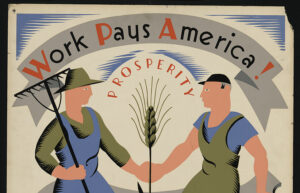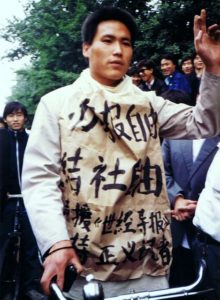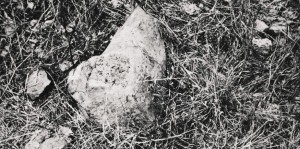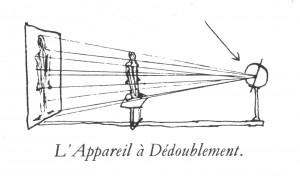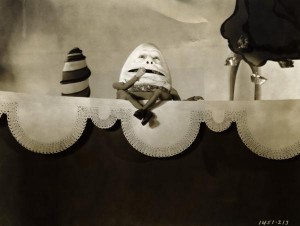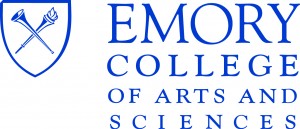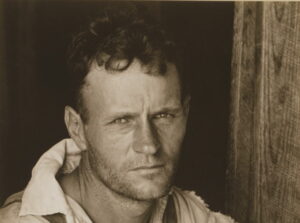
The Subversive Value of an Isolated Object
For Agee and Evans, the task would be to render into art the dialectical oppositions I have argued were central to their enterprises: between the boots as things and the boots as elements of a productive enterprise or between money as the power to effect the crossing between producer and consumer and money as the obverse face of obdurate debt.

